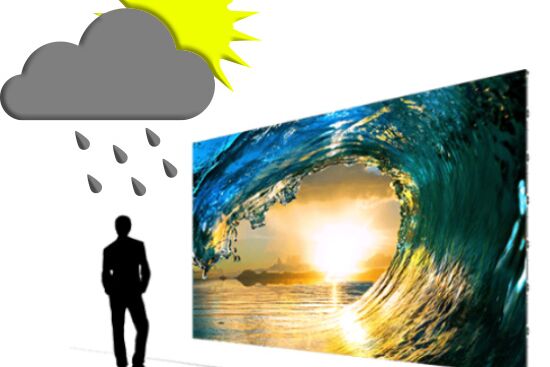Investigating The Way Resolution Influences the Functionality and Visual Quality of Light Emitting Diode Walls in Modern Exhibition Technology
Investigating The Way Resolution Influences the Functionality and Visual Quality of Light Emitting Diode Walls in Modern Exhibition Technology
Blog Article
Light Emitting Diode walls are growing increasingly popular in various settings, including concerts and athletic competitions to business presentations and art exhibits. One of the key important factors that affect the functionality and visual clarity of these screens is resolution. Resolution denotes the number of pixels that compose the visual on the screen. Higher image clarity means more picture elements, which can result in clearer and clear visuals. Grasping how resolution affects LED screens can assist operators make knowledgeable decisions about their display needs.
When discussing resolution, it is essential to consider pixel pitch, which is the distance between the center of one pixel to the center of the following pixel. A smaller pixel pitch results in a greater resolution, enabling additional clarity in the images shown. For example, an LED wall with a pixel pitch of 1.5mm will offer a sharper visual than one with a picture spacing of 3mm. This is especially crucial in settings where audiences are near to the display, such as in a small venue or a trade event booth. In these situations, a greater resolution can significantly enhance the observing experience.
Another aspect of image clarity is its impact on color accuracy and brightness. LED screens with more helpful info greater image clarity often have better color reproduction, indicating that the colors displayed are more vibrant and true to life. This is essential for applications like advertising, where the goal is to attract interest and communicate a concept effectively. Additionally, higher resolution displays can maintain luminosity levels even when seen from various angles. This is important in big venues where audiences may be seated at different ranges and positions from the screen.
The functionality of LED walls is also affected by image clarity in terms of update frequencies and reaction durations. A greater image clarity screen can support quicker refresh rates, which is crucial for fast-moving material such as films and motion graphics. This indicates that the images on the screen will appear smoother and increasingly seamless, improving the total observing quality. In contrast, reduced image clarity screens may have difficulty with dynamic material, resulting in fuzziness or delay. Therefore, for occasions that depend on dynamic visuals, choosing a display with a suitable resolution is critical.
In summary, image clarity plays a vital role in defining the functionality and image clarity of LED screens. Elements such as picture spacing, hue accuracy, brightness, refresh rates, and response times all contribute to how effectively a display can communicate data and capture audiences. As advancements continues to progress, grasping these elements will help users select the right LED screen for their particular requirements, guaranteeing that they achieve the best possible results in their displays and occasions.